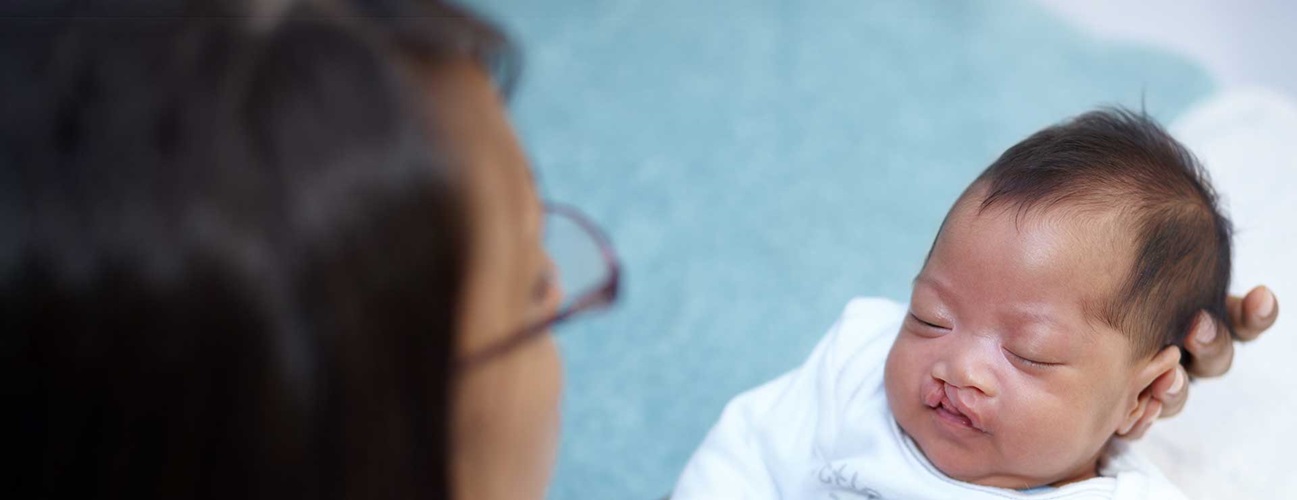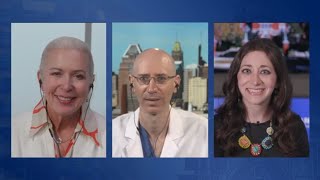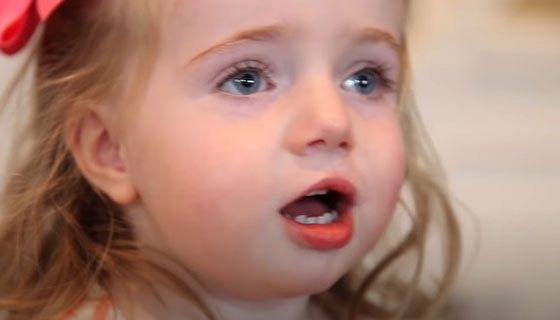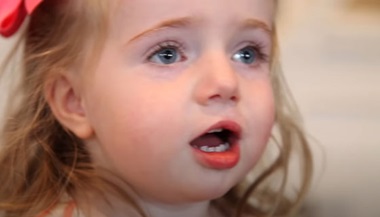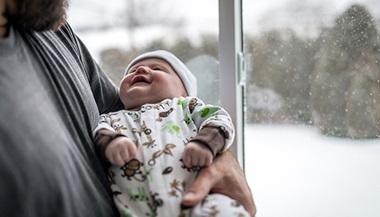Cleft Lip and Palate
What You Need to Know
- Cleft lip and cleft palate are among the most common congenital facial differences (or birth defects) in children.
- These birth differences arise when the tissues and bone inside the mouth do not fuse properly, resulting in a space in the upper lip and/or palate.
- Both cleft lip and cleft palate surgeries are performed in the hospital under general anesthesia and usually require a stay of at least one night.
Cleft Lip and Cleft Palate Causes
The exact cause(s) of cleft lip and cleft palate are not completely understood. Some evidence suggests the conditions may be genetic. Additional research suggests a combination of genetic and environmental factors affecting the mother during pregnancy — including smoking, diabetes or the use of certain medications — could be connected. Genetic consultation may be suggested.
However, some cleft lip and palate cases may not be related to genetic or environmental factors. The cause of those cases is still unknown and often, the conditions cannot be prevented.
Cleft Lip and Palate Symptoms
Beyond the cosmetic abnormality, other possible complications that may be associated with cleft lip and cleft palate include:
-
Feeding difficulties. Feeding difficulties occur more with cleft palate abnormalities. The infant may be unable to suck properly because the roof of the mouth is not fully formed.
-
Ear infections and hearing loss. Ear infections are often due to a dysfunction of the tube that connects the middle ear and the throat. Recurrent infections can then lead to hearing loss.
-
Speech and language delay. Due to the opening of the roof of the mouth and the lip, muscle function may be decreased, which can lead to a delay in speech or abnormal speech. Ask your doctor if consultation with a speech therapist would be right for your child.
-
Dental problems. As a result of the abnormalities, teeth may not develop normally and orthodontic treatment may be required.
Facebook Live: National Cleft and Craniofacial Awareness Month
Cleft Lip and Palate Diagnosis and Treatment
For most infants with cleft lip alone, your child’s surgeon can repair the abnormality within the first several months of life. To repair a cleft lip, the plastic surgeon uses a special technique to suture the two sides of the lip together, leaving a scar that blends into the lip. The goal of this surgery is to fix the separation of the lip. Sometimes, a second operation is needed.
Cleft palate repairs are usually done between the ages of 6 to 18 months. This is a more complicated surgery, and it is done when the baby is bigger and better able to tolerate the surgery. Your child’s doctor will advise about the exact timing of the surgery. To repair a cleft palate, the plastic surgeon uses tissue from either side of the mouth to fill in the gap. A second operation may be required.
At your first visit with the plastic surgeon, he or she will explain the details of the surgery, risks, complications, costs, recovery time and outcomes.
The Johns Hopkins Cleft and Craniofacial Center
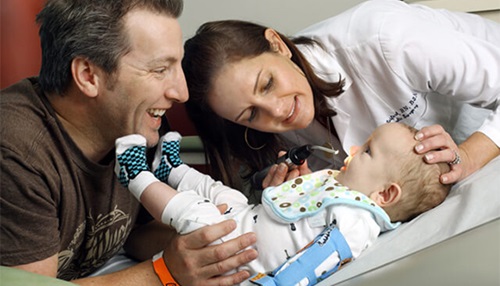
Diet After Surgery
Your child’s doctor may allow breast-feeding, bottle feedings or cup feedings after surgery. Your child should be placed on a soft diet for seven to 10 days after surgery. For older infants and children, age-appropriate soft foods may include strained baby foods, popsicles, yogurt, mashed potatoes and gelatin.
Your child should not use a straw or pacifier, as both could damage the surgical repair.
Activity After Surgery
Your child can walk or play calmly after surgery. He or she should not run or engage in rough play (i.e., wrestling or climbing) or play with “mouth toys” for one to two weeks after surgery. Your child’s doctor will advise you when your child can safely return to regular play.
Following up with your child’s surgeon and the cleft team is very important. Your child’s doctor will also be an important part of your child’s overall health management after the surgery.

